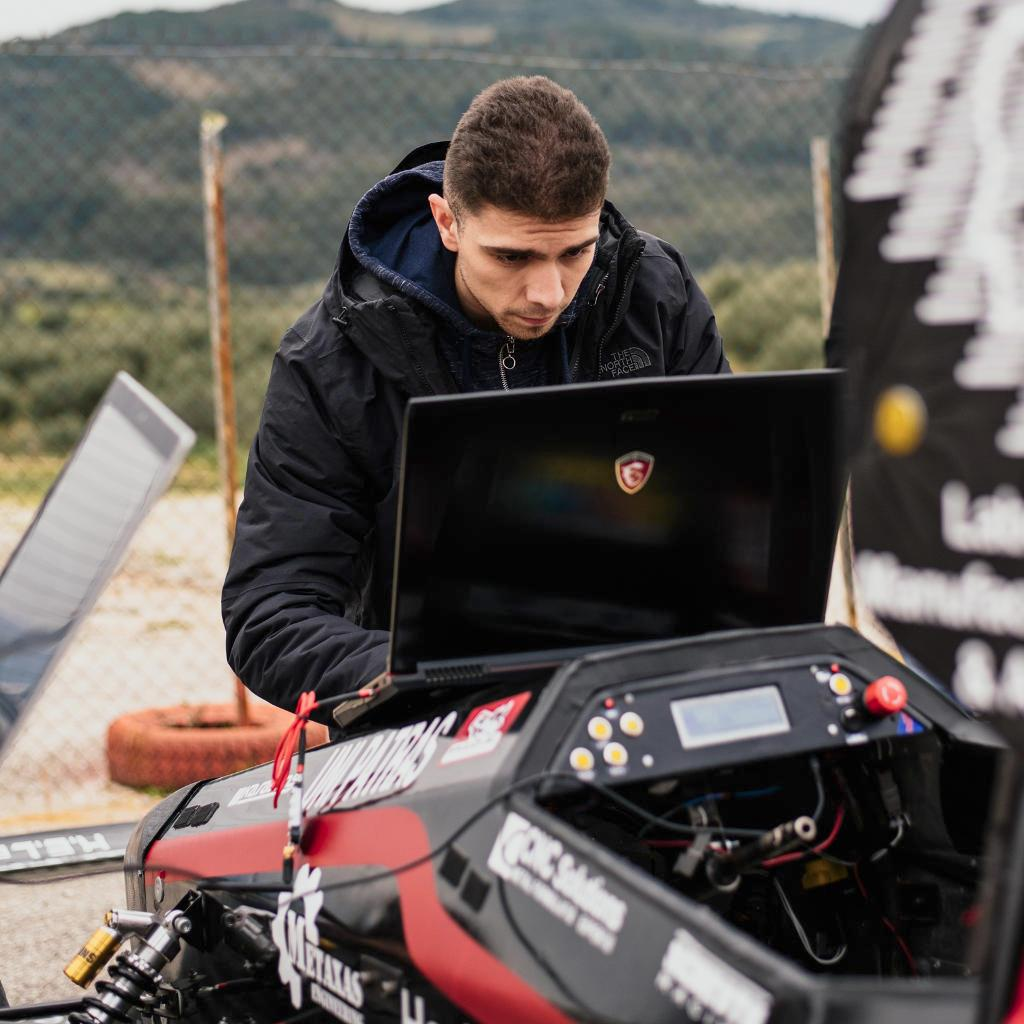The realm of robotics and simulation has witnessed a rapid evolution in recent years, marked by breakthroughs in areas like artificial intelligence, machine learning, and advanced material modelling. Still, handling and manipulating deformable materials, particularly fabrics, continue to present significant challenges. These materials exhibit complex behaviors due to their flexible nature and the diverse physical properties they possess. Traditional methods often fall short in capturing the intricacies involved in manipulating these materials, leading to suboptimal performance or even damage to the material or the robotic equipment.
In the current industrial landscape, flexible material manipulation predominantly involves a combination of manual efforts and semi-automated processes. Yet, these manual processes are labor-intensive, prone to inconsistencies, and lack scalability. Meanwhile, existing automated solutions often rely on rigid fixtures or simplified assumptions about the material properties, leading to limited flexibility and adaptability.
Moreover, the need for customizable handling interfaces for different robots, grippers, or software tools adds another layer of complexity. The ability to efficiently handle collisions and visualize complex fabric geometries in a simulation environment is vital for accurate and realistic modelling of deformable materials. So, how can we enhance the existing methods to address these challenges effectively?
What if we had an advanced tool that could accurately model and simulate
a broad range of fabric behaviors?
Introducing ClothSim, our game-changing tool engineered to simulate a wide array of fabric types under diverse conditions. By constructing a precise digital twin of the fabric, ClothSim enhances robot cognition of object deformation, paving the way for advanced manipulation of flexible materials.
MERGING introduces pioneering means for the reconstruction of two-dimensional deformable objects enabling fast, precise, and reliable fabric representation for robotic operations.
Building on the Provot’s mass-spring model, a staple in the computer graphics industry for several years, ClothSim pushes the boundaries by enhancing this model to capture the behavior of various fabrics with a high degree of accuracy. By integrating deformation constraints into the model, we prevent the over-extension of springs, thereby ensuring stable simulations that faithfully mirror the elastic properties of the fabric. The use of hard constraints further improves the model, allowing us to accurately simulate the interaction between the robot and the fabric.
To ensure the computational efficiency necessary for real-time applications, we leverage the power of Verlet integration. This numerical integration method strikes the perfect balance between accuracy and performance, allowing ClothSim to simulate fabric behavior in real-time. Our incorporation of non-linear springs enhances the versatility of ClothSim, making it capable of replicating a wide variety of fabric types.
Robustness is the cornerstone of ClothSim, with the introduction of dampers to mitigate the over- elasticity of the mass-spring model. By doing so, ClothSim ensures the stability of the model even under intensive and rapid manipulations.
At the heart of ClothSim is its adaptability. It’s thoughtfully designed to interface effectively with a wide array of robotic agents, grippers, and even virtual objects in the environment. Utilizing ROS integration, ClothSim delivers a modular framework that enhances adaptability and promotes efficient communication between different system components. This adaptability allows us to customize the interfaces to suit the needs of various applications and scenarios, establishing ClothSim as a versatile solution for a wide range of robotic applications.
ClothSim values realism. Our comprehensive collision handling approach, a blend of distance-based and penetration-based methods, ensures an authentic interaction between the fabric and the environment. Furthermore, ClothSim’s bitmapping methodology facilitates the accurate modelling and visualization of fabrics of complex shapes and geometries, expanding the range of applications that can benefit from our simulation tool.
ClothSim marks a substantial stride forward, bridging the gap between the virtual and real world, paving the way for enhanced robotic manipulation. With ClothSim, the scope of opportunities is expansive and diverse.
For more information you can refer to our publications:

Emmanouil Kampourakis, Research Engineer, LMS, University of Patras.
Emmanouil Kampourakis works as a research engineer at the “Robotics” group of Laboratory for Manufacturing Systems and Automation (LMS). Bringing with him a solid foundation in software engineering, simulation models, control algorithms, embedded systems, and electronics, Emmanouil continually seeks to push the boundaries of knowledge in these fields. His research activities include the design of digital twins and simulation environments, cutting-edge algorithms for collaborative robotic cells and a plethora of interfaces utilizing state-of-the-art sensors and actuators.

